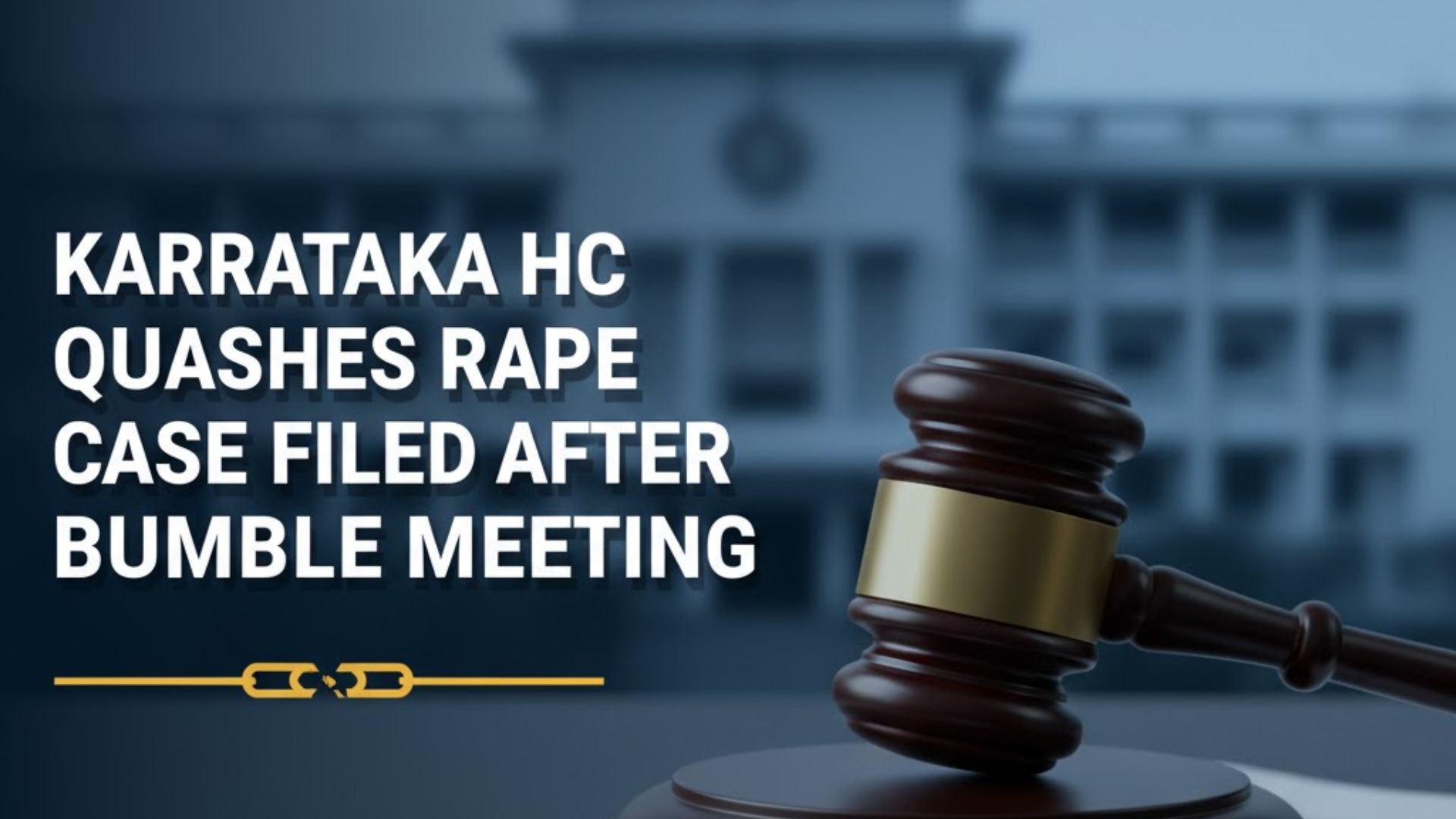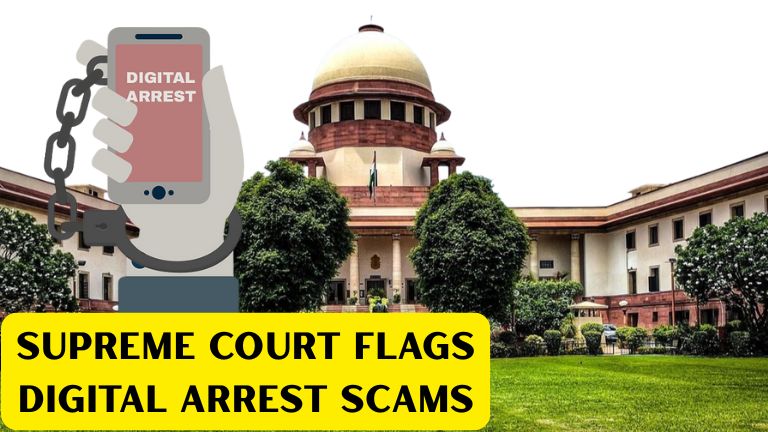1. It is clear upon the sworn petition of the appellant that he bona fide made an application for substitution of only two heirs of the deceased
respondent No. 1 because he had no knowledge of the existence of the other two heirs, and after that when he came to know of their existence he
made diligent, inquiry and put in his application. Therefore, there can be no doubt as to the bona fides and the application is within time from the
date of knowledge of the appellant. In this view the application should be granted, and the two daughters of respondent No. 1 mentioned above be
also made respondents along with the other two heirs already brought on the record.
2. An objection has been taken by the learned Vakil on behalf of the respondent that the appeal had already abated so far as the heirs of
respondent No. 1 now sought to be brought on the record are concerned, and that the present application for bringing them on the record is
barred by limitation. Upon tins view there is divergence of opinion. Personally speaking we are of opinion that the appeal in the present case did
not abate, inasmuch as an application for bringing upon the record some of the heirs of the deceased respondent No. 1 was already made within
time. Rule 4 of Order XXII, Clause (3), directs that the appeal shall abate where within the time limited by law no application is made under sub-
Ruler (1). Here an application, as already observed, was made within time. Therefore, the appeal did not abate as against the deceased
respondent. The respondent No. 1 having died the appeal could abate only if it was not continued against his representative by an application
made within time, and the moment the application was made within time the appeal was saved from abatement. The bringing on the record
subsequently of the other heirs of the deceased will be simply an addition of the names in the category of respondents. This view is supported by
the cases of Ram Anuj Sewak Singkv Hingu Lal 3 A. 517 : 2 Ind. Dec. (N.S.) 268. and KrishnSfi Janardan v. Murrarrav 12 B. 48 : 6 Ind. Dec.
(N.S.) 518. Some support is also lent to this view by the decision in the case of Kadir Mohideen Marakkayar v, Muthukrishna Ayyar 26 M 230 :
12 M.L.J. 63. The other cases, however, are not exactly on the point. The cases relied upon on the other side, namely, Ghamandi Lal v. Amir
Begam. 16 A. 211 : A.W.N. (1894) 22 : 8 Ind. Dec. (N.S.) 136, Haidar Husainv. Abdul Ahad 30 A. 117 : 5 A.L.J. 62 : A.W.N. (1908) 41 : 3
M.L.T. 207. and Bai Full v. Adesang 26 B. 203: 3 Bom. L.R. 736. are not on all fours with the present case.
3. Even if there was abatement in the present case, the appellant is entitled, upon the facts clearly set forth in his sworn petition and not
controverted by any counter affidavit, to have the abatement set aside and to have the names of the fresh heirs added on the record. No doubt, in
his application the appellant has prayed for sub: stitution and addition of the daughters of the deceased respondent No. 1 as heir''s in his place and
has not clearly asked for setting aside the abatement; but ""reading the whole application and the prayer, the application can reasonably be
construed as an application for setting aside the abatement and for substitution.
4. The application is, therefore, granted Let the heirs proposed be brought on the record as respondents in place of the deceased respondent No.
1. In the circumstance of the case there will be no order as to costs.

